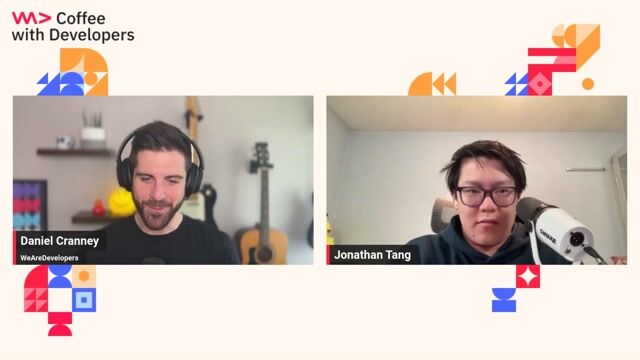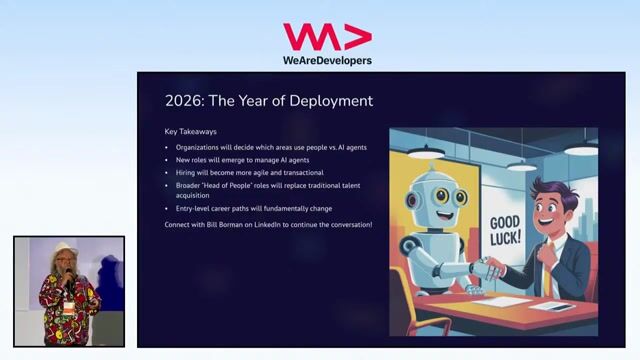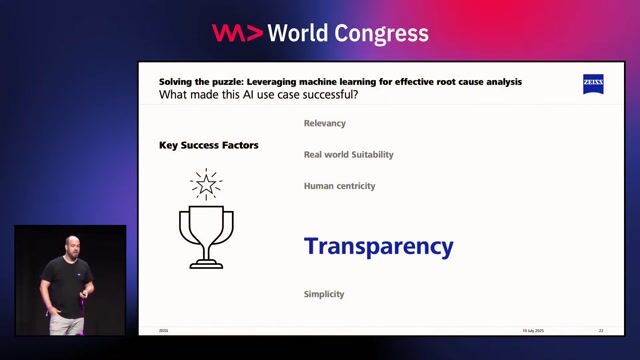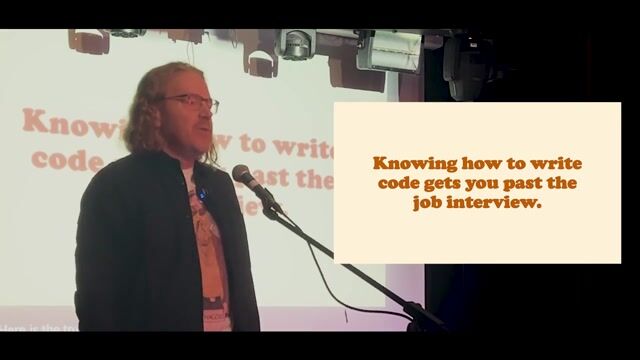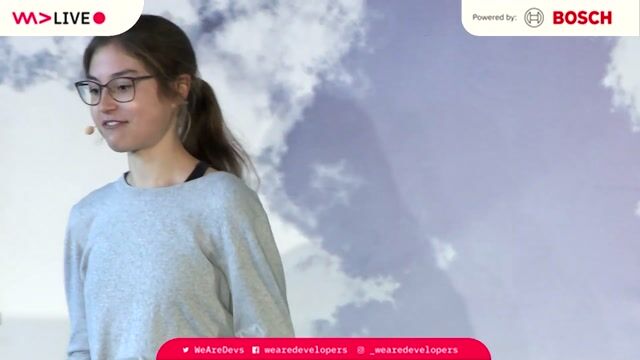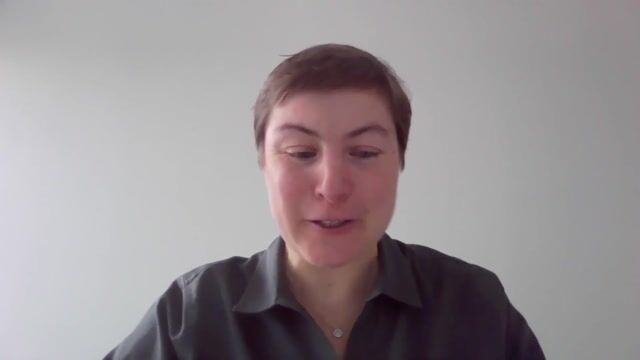Research Associate in Machine Learning for Offshore Engineering
Role details
Job location
Tech stack
Job description
Attached documents are available under links. Clicking a document link will initialize its download. Please note that job descriptions are not exhaustive, and you may be asked to take on additional duties that align with the key responsibilities mentioned above. We reserve the right to close the advert prior to the closing date stated should we receive a high volume of applications. It is therefore advisable that you submit your application as early as possible to avoid disappointment. If you encounter any technical issues while applying online, please don't hesitate to email us at support.jobs@imperial.ac.uk. We're here to help., You will join a team of primarily structural engineers working at Imperial's Department of Civil and Environmental Engineering collaborating with Prof. Adrian Jackson and other colleagues at the Edinburgh Parallel Computing Centre. Your work would combine software and technique development which a focus on the processing of voluminous point cloud datasets (> 100 GB). Specifically, you will:
- Develop and train advanced models to perform statistically meaningful inpainting of regions of missing coverage
- Develop means of automated segmentation of the point clouds to isolate geometric features of interest for further dataset curation and training
- Develop tools which interface between the trained predictor / inference models and structural finite element model generators
- Collaborate with a multidisciplinary team of structural engineers, mechanical engineers and HPC specialists to ensure maximum impact including through dissemination in high impact journals.
Requirements
Good communication skills, We are seeking a highly motivated researcher with a background in high performance computing and machine learning to join our team developing geometric digital twins for offshore wind turbine support structures, funded by a major EPSRC Open Plus Fellowship project led by Dr Adam Jan Sadowski. You will be primarily working on processing very large high resolution 3D point cloud laser scans of tower structures to abstract out and segment geometric features for the purposes of training predictive models that will then be used for high fidelity computational structural engineering.
Benefits & conditions
This is a fixed-term full-time post for 24 months. The estimated start date is January 2026, although this can be flexible depending on circumstances.

